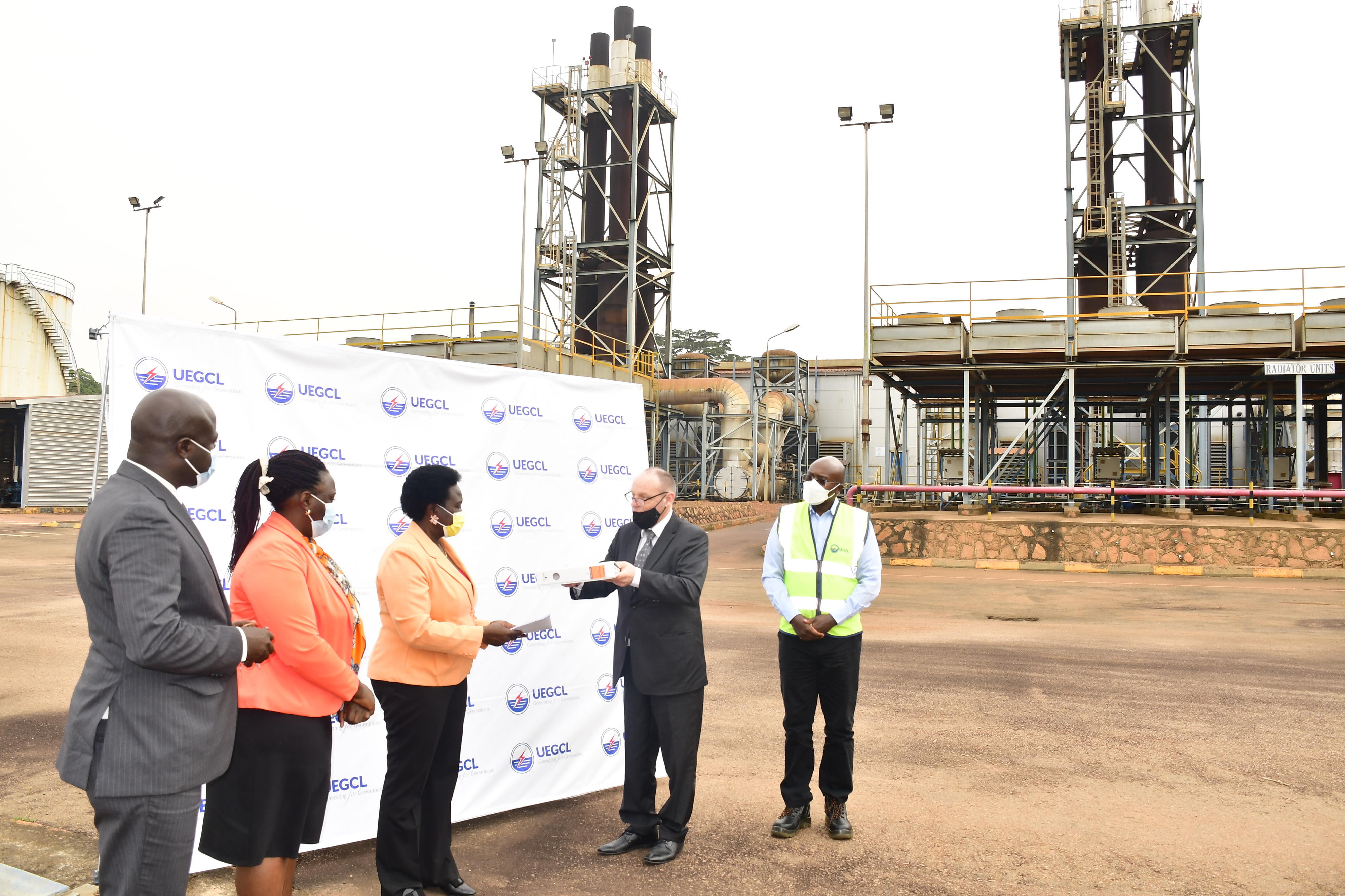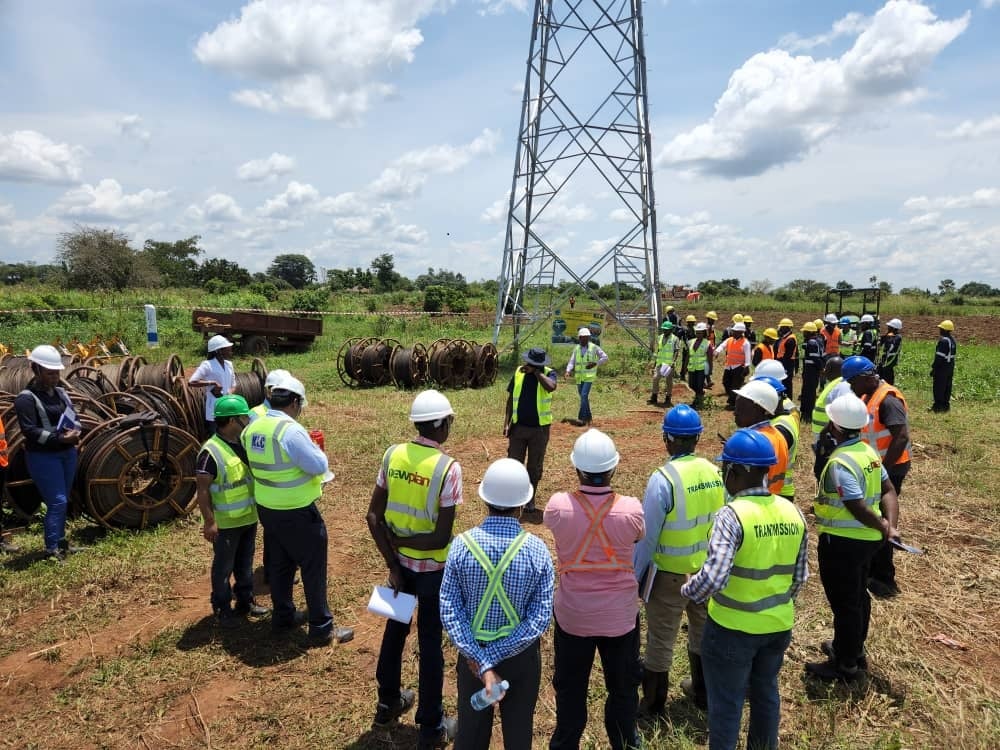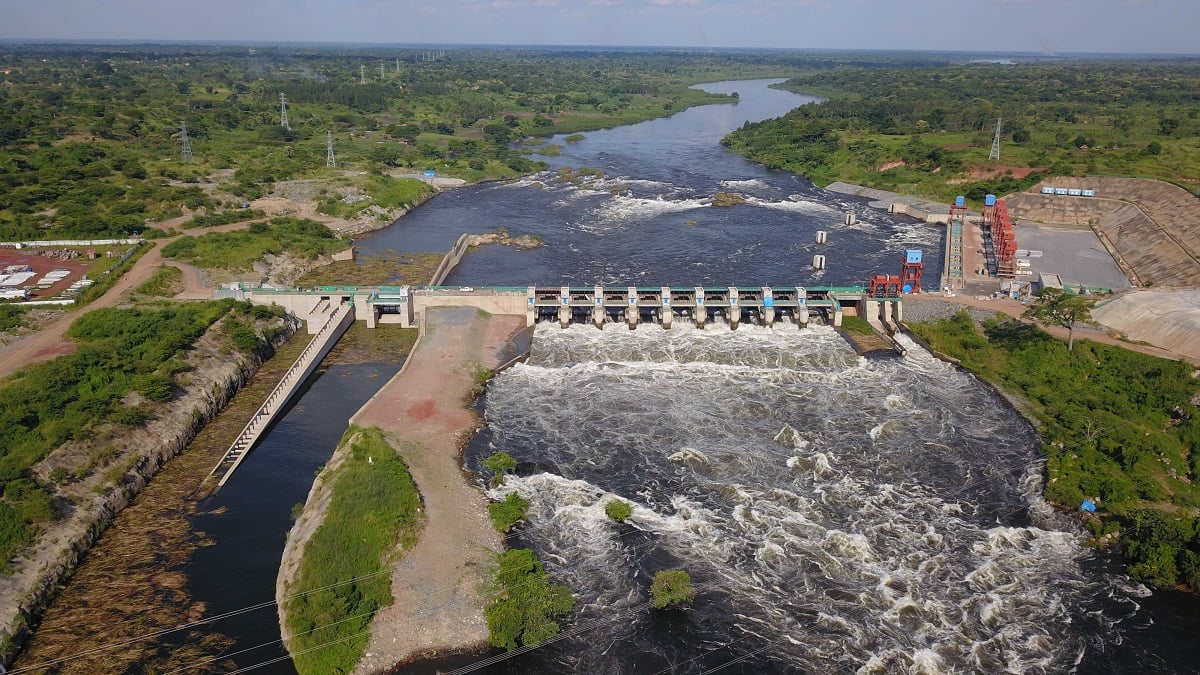Prime
Government to acquire Bitature’s Electromax power plant

Already taken over. Government has already taken over Jacobsen Elktro thermal plant in Namanve, which just like Electromax, complemented the small hydro generation from Nalubaale and Kira dams in the early 2000s. PHOTO / FILE
What you need to know:
- Assets of the 50 megawatts plant started, which started operations in 2012 under the Build Own and Operate model, are being audited to determine how much government will need to acquire it.
The Auditor General is conducting an audit of the heavy fuel Electromax power plant in Tororo District for possible acquisition by government, this publication has learnt.
The thermal power plant is owned and operated by independent power producer Electro-Maxx Limited, which is part of businessman Patrick Bitature’s Simba Group business portfolio.
The 50MW plant started operations in 2012 under the build own and operate model at a time when the country was grappling with low hydro electricity generation amid surging demand.
The Tororo-based plant, and Jacobsen Elktro thermal plant in Namanve complemented the small hydro generation from Nalubaale and Kira dams, but with government paying millions of dollars in power subsidies to keep tariffs lower for end users.
Industry sources told this newspaper that Mr Bitature, who early this year was teetering on the edges of financial implosion and was embroiled in court battles with a South African lender for repayment of a $30m loan, had sought a bail out from government but was unsuccessful.
However, in a meeting with President Museveni he floated the idea of government acquiring the plant, which he argued had invested in to complement the low power generation more than a decade ago.
The President, sources said, directed the ministries of Energy and Finance to further discussions with the former to thrash out the finer details of the deal.
Mr Bitature said last week it was premature to talk about the matter. However, officials in the ministries of Energy and Finance maintained that discussions are ongoing.
The Ministry of Energy Permanent Secretary, Irene Bateebe confirmed the ongoing audit as part of the due diligence process.
“It is the Auditor General’s findings that will inform and determine the next step including the price,” she said.
The plant once acquired will be added to the Uganda Electricity Generation Company Limited (UEGCL) stable.
UEGCL early this year took over the Namanve thermal power plant, previously operated by Jacobsen Elktro after its 13-year build, operate and transfer contract expired.
Government, through Uganda Electricity Transmission Company Limited (UETCL) has a running power purchase agreement (PPA) with Electromax, even though the latter scarcely supplies electricity to the national grid due to surplus from hydro generation.
Uganda has a combined generation capacity of 1,365.7 MW from all sources against average peak demand of 800 MW. The generation capacity is expected to increase to 2,000 MW once beleaguered Karuma is commissioned later next year. In 2019 UETCL amended Eletromax’s PPA to operate in Arua District where it ventured in to generate 8.2 MW to electrify West Nile. However, the cash-strapped company has over the months come under the spot for failing to the deliver on the job.
Subsidies stopped
Astronomical subsidies
Heavy fuel oils or thermal plants made inroads in Uganda’s power market from around 2005 when electricity generation fell by more than 50 percent.
To keep the end-user tariffs in check as a result of the expensive thermal power, government paid astronomical subsidies to a tune of Shs1.1 trillion between 2006 and June 2011.
The adoption of subsidies was, however, contrary to the objectives set out in the Uganda power sector restructuring and privatisation strategy, 1999; which among others, was to make the power sector financially viable and able to perform without subsidies from government.
The subsidy contributions by government were stopped in May 2012 after it was realised that a total of Shs.1.99 trillion had been spent on subsidies, 36 percent of which was compensation for declared losses by Umeme and 24 percent for profit on declared but unverified investments and the balance for electricity generated by emergency diesel thermal power generators from 2005 to January 2012.
The removal of subsidies was also meant to accelerate capital (long term Investment) in electricity infrastructure in priority projects such as the 600MW Karuma and 183MW Isimba dam projects and transmission infrastructure among others.




